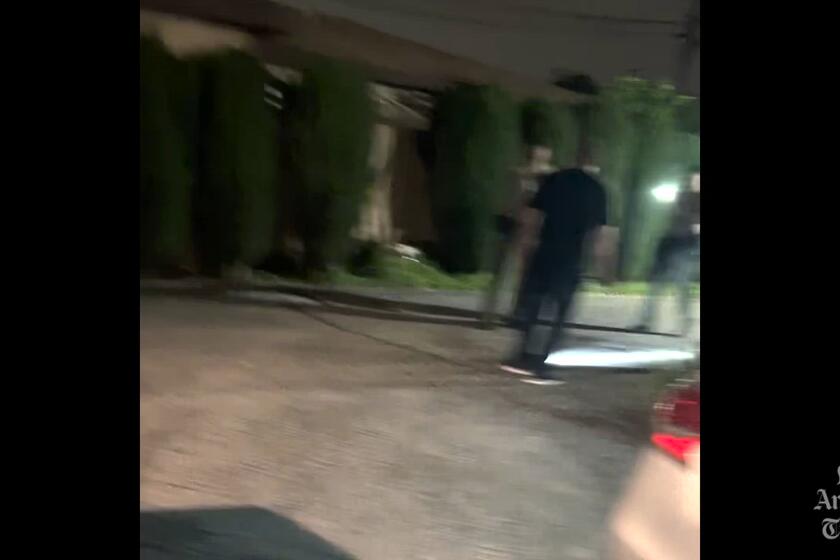Smog Smugness
Southern California is too smug about smog. True, the air is generally cleaner than it has been in two decades. But the most basic standard of clean air that other cities may meet by 1987 cannot be met here in this century. There is only an outside chance that the region can tighten existing controls faster than the number of people and cars can grow. If it can’t, the air will start getting dirtier again in four short years.
On paper, California looks like a winner. But, as a recent report on ozone by Times writer Larry Stammer reminds us, statistics don’t tell everything. Nor is everything that is important to smog control a statistic. Nor is it on paper.
For the record:
12:00 a.m. Aug. 28, 1986 For the Record
Los Angeles Times Thursday August 28, 1986 Home Edition Metro Part 2 Page 4 Column 6 Letters Desk 1 inches; 24 words Type of Material: Correction
An Aug. 24 editorial on smog incorrectly listed an ozone level of 0.10 part per million as the trigger for a first-stage smog alert. The correct figure is 0.20 part per million.
One important smog statistic is that first-stage alerts are called in California when there is a 0.10-part-per-million concentration of ozone in the atmosphere. But the federal Environmental Protection Agency now suspects that ozone, one key ingredient in smog’s chemical soup, is harmful at levels below a Stage 1 alert, even for the healthiest of lungs. During a test of well-conditioned athletes in air polluted just below the level of first-stage alerts, air passages tightened up enough to cut lung capacity by around 7%. At the levels of a Stage 2 alert, lungs worked at only 75% of normal function.
What does not show up on paper is a sense of complacency, not only among citizens but also among pollution-control specialists who used to pounce on dirty air like all-pro linebackers. For example, a top pollution officer recently took early retirement and then turned up representing clients in arguments before his old agency without making ripples, let alone making waves.
Another sign is that officials who are concerned about pollution trends after 1990 are forced into what are virtual covert operations. Pollution-control measures, which are hard to sell when smog levels are going down, are promoted as measures to prevent traffic congestion, which are more likely to get citizen support.
Since A. J. Haagen-Smit discovered in his Caltech laboratory that the main source of smog in Los Angeles was burning fuels--oil in power plants and trucks, gasoline in cars--the main response has been to trap exhaust fumes, not ask Californians to turn off some of the engines. But there are limits to technology, and many analysts now question whether anything will work in the long run, short of radical shifts to new fuels such as methanol or pollution controls so rigid that engines would have to be silenced.
Southern California Edison Co. will start a large-scale test of methanol in a power plant early next year. Worthwhile efforts in Sacramento and in Washington to test new fuels in more cars and buses keep bumping into tight budgets.
What is missing is a grand design for clean air, a focus on smog as a threat to Southern California’s future as real as that of second-rate schools. That must come first from the state’s political and business leaders, who, unfortunately, seem as smug as anybody about smog these days.
More to Read
Start your day right
Sign up for Essential California for news, features and recommendations from the L.A. Times and beyond in your inbox six days a week.
You may occasionally receive promotional content from the Los Angeles Times.






